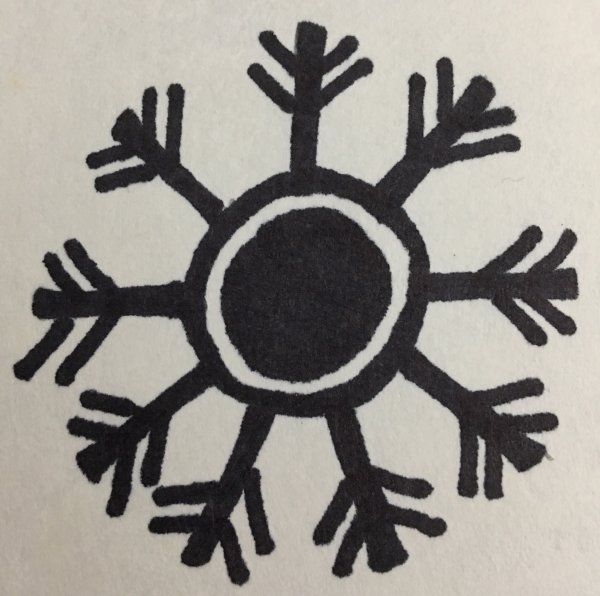giants
Giants are roughly humanoid in that they have bilateral symmetry and walk upright on two legs but they would never be mistaken for large humans or demihumans. Ancient records hint at at least a dozen subspecies of giant existing during the First Age. Now most are extinct or persist as very small local groups barely surviving.
The two giant subspecies that survived into the Third Age with decent numbers are known as brute giants and scale giants which look like giant sasquatchs and giant lizardmen respectively.
Giants all speak Draconic as their native tongue. A few speak Common . It’s very rare for them to learn other languages barring special circumstances.
Origin: Giants were the predominant thurekal of the First Age. Giants did a lot of tasks that dragons thought were beneath them.
Early History: During the First Age, every dragon kingdom had many giants. According to some accounts, the giants outnumbered the dragons more than two-to-one. Giants performed nearly every conceivable task for dragons including but not limited to food acquisition, mining, crafting tools, warfare, guarding, among many other roles.
Scale giants primarily served the dragons as grunt soldiers. Brute giants primarily served the dragons as simple unskilled labor.
Surviving the First Unmaking : Giants are strong and tough and more than willing to work in groups, but they cannot fly and do not have innate magic powers. They were not as well-equipped as dragons to survive thousands of rampaging elementals. A few dragons had genuine bonds of respect for their dragon vassals but most were all too eager to throw giants into dangerous situations if they thought it would aid their survival a single iota.
At the onset of the First Unmaking , Giants were the most numerous mortal race on Scarterras. They suffered disproportionate losses, they had trouble evading the natural disaster and they had trouble finding food in a post-apocalyptic world. The fact that any giants at all survived is a testament to their large original numbers.
Second Age History: A lot of surviving giants sought out surviving dragons and continued a facsimile of their original servitude. A few giants even offered their services to emerging Elven Kingdoms. Partnerships with elves were generally short-lived and unsuccessful. Partnerships with dragons lasted longer but gradually deteriorated as the Second Age dragons as whole became more insular and selfish than their First Age forebears.
Most giants had been used to being cut loose from other races, so most giants kept to themselves. Early in the Second Age, relationships between giants and elves were mostly peaceful if not friendly. Most giants eked out their survival in small bands in the deep wilderness as far from the emerging elven nations as possible.
As the Second Age progressed, the giant population rebounded while the Elven nations expanded and pushed their frontiers farther and farther into the wilderness. Towards the end of the Second Age, giants and elves had a great many brushfire conflicts as their territories borders pushed on each other.
Surviving the Second Unmaking: Giants were hit proportionally harder by the Second Unmaking than the First. Thousands of years living without the leadership of the dragons taught the giants self-reliance and tenacity but they entered the Second Unmaking with very few friends apart from their own bands and tribes. The Void Demons were far more persistent foes than the rampaging elementals.
The giants emerged from the Second Unmaking in worse shape than they ever were.
Third Age: Most surviving giants live in small family units in the deep wilderness. Their relationship with other races is usually characterized as isolationist or hostile.
Genetic Descendants


Comments